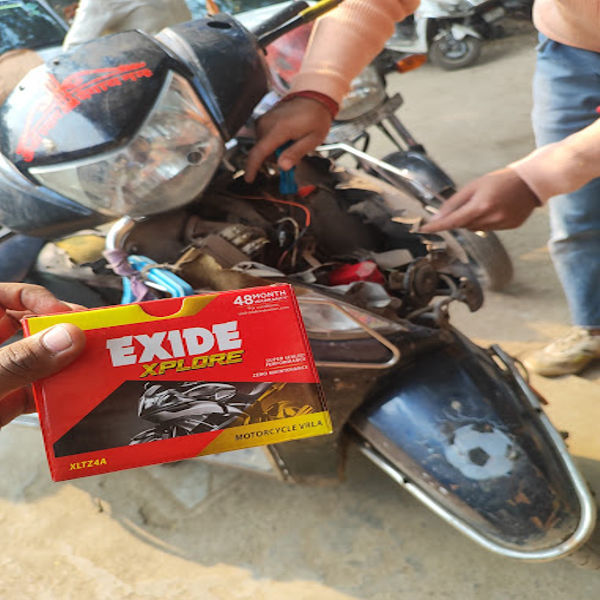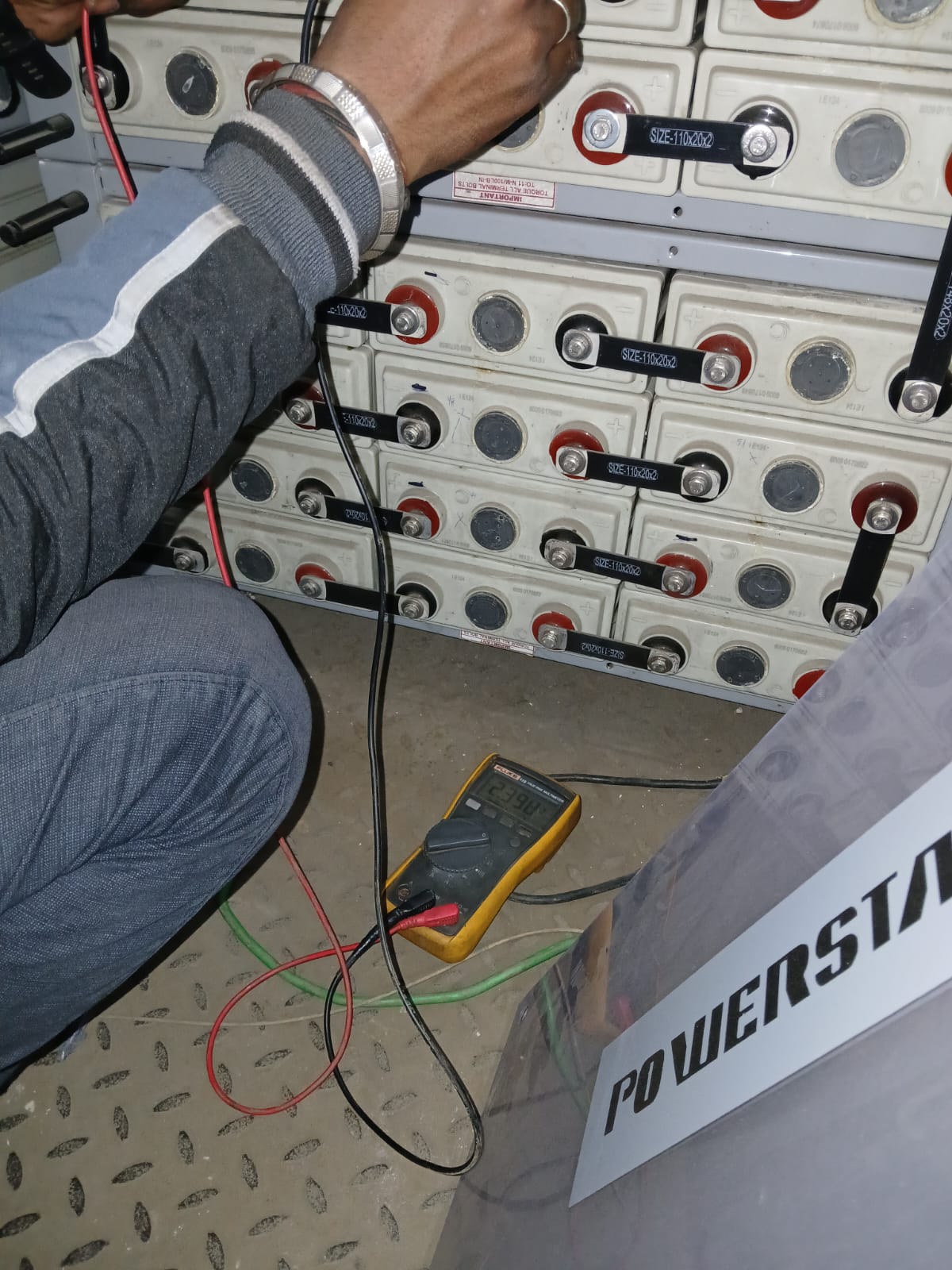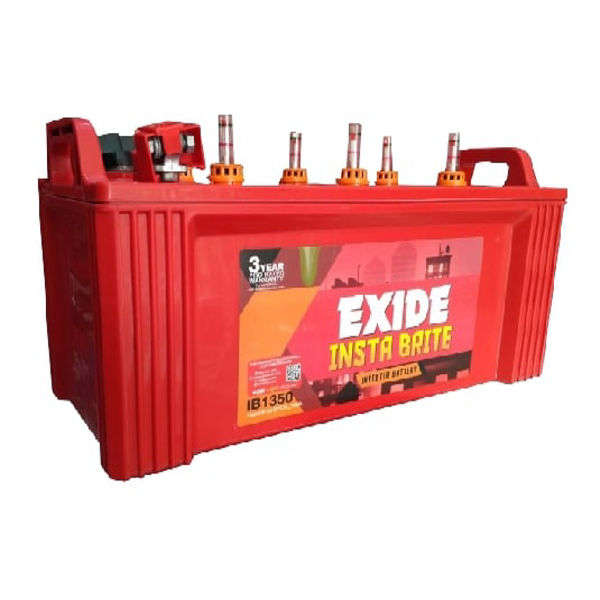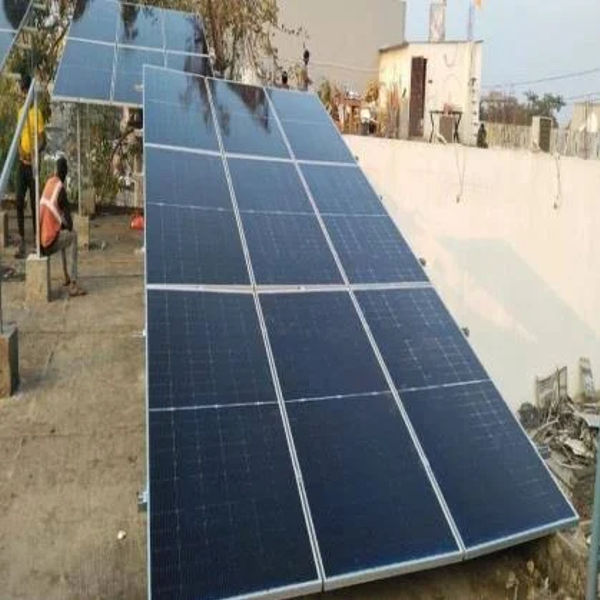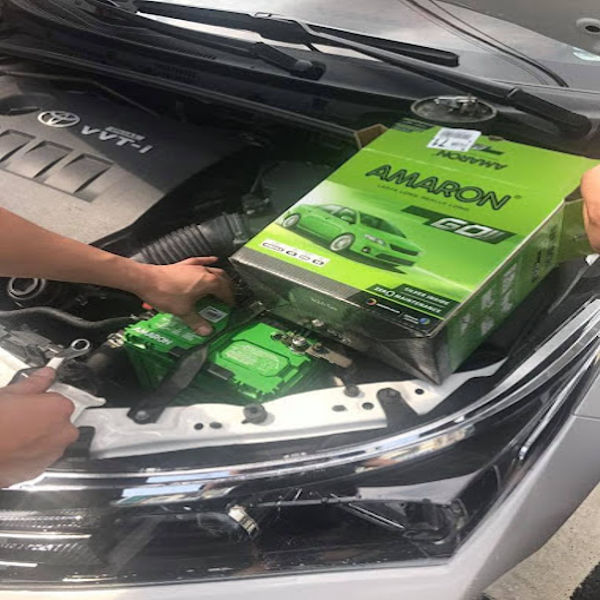An Annual Maintenance Contract (AMC) for UPS systems typically includes routine maintenance, repair services, and emergency support to ensure optimal performance. It covers inspections, battery maintenance, and high-priority assistance during breakdowns, helping to extend the lifespan of your UPS and batteries. For more specific details, you can refer to the links provided in the search results. UPS AMC Services Overview: Purpose of AMC: The AMC is designed to provide comprehensive support for UPS systems, ensuring they operate efficiently and reliably. This includes regular maintenance, emergency repairs, and technical assistance. Key Components of AMC: Routine Maintenance: Regular inspections and servicing to prevent issues before they arise. Repair Services: Quick response to any failures or malfunctions, minimizing downtime. Emergency Support: 24/7 assistance to address urgent issues. Types of AMC Plans: Platinum Plan: Covers all spare parts during maintenance, excluding natural calamities. High-priority assistance during breakdowns. Regular preventive maintenance and detailed reports with recommendations. Gold Plan: Similar to the Platinum plan but does not include standby units. Focuses on critical equipment maintenance. Silver Plan: Basic support with engineers and technical assistance only. Maintenance Schedule: Monthly Checks: Visual inspections of batteries and connections. Measurement of ambient temperature and humidity. Cleaning of the UPS environment. Quarterly Checks: Voltage measurement of each battery cell. Conductance testing for battery health. Yearly Checks: Torque measurement of all connections. Testing of interconnecting cable resistance. Importance of Battery Maintenance: Regular maintenance is crucial as battery failures account for a significant percentage of UPS failures. Environmental conditions can greatly affect battery life, with temperature fluctuations leading to reduced performance. Contact Information: For inquiries or to set up an AMC, you can reach out via: Email: info@universalpower.co.in Phone: 8744823336
Send Message



